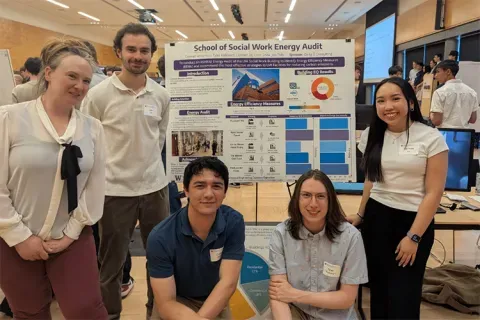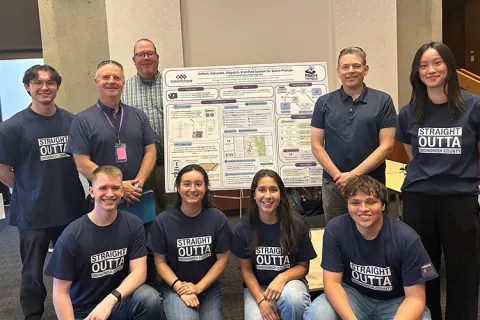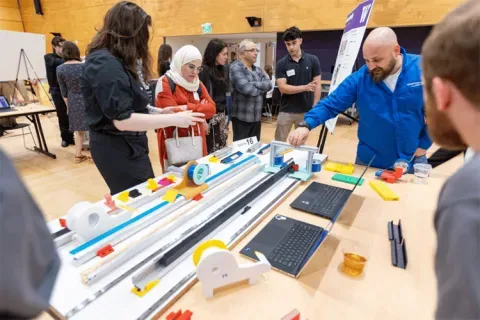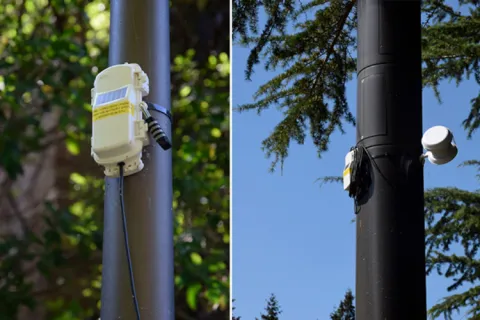Snohomish County
Retail Software Database Integration
The county routinely inspects workstations using a inventory technology installed on each workstation. With this tool the IT Department has identified over 7,200 different retail software types and versions installed across approximately 3,500 workstations. The number of licensed installations and users for each type/version of software varies from 1 to everyone. Several of the retail software types are duplicative, or multiple versions exist across the county due to varying business needs and purchase patterns over time. Snohomish County does not have a simplistic and user-friendly approach to search the different types, identify current use cases, or consolidate versions and types across the county. As Snohomish County expands their technical expertise within their workforce, this inventory scope is anticipated to grow exponentially. Snohomish County needs to easily identify standard products and deploy them quickly at a low cost of both time and cash outlay. This student team worked to understand Snohomish County employees' varying preferences, experience, and abilities in an effort to understand their use of software applications, as well as to determine how best to establish a simple and intuitive design for application acquisition on demand.
Faculty Adviser(s)
Patty Buchanan, Industrial & Systems Engineering
Related News

Mon, 10/13/2025 | UW Mechanical Engineering
Capstone collaboration leads to award
An ME capstone team received first place for its energy audit of the UW School of Social Work building.

Thu, 07/17/2025
UW engineering students develop smart ballot solution
UW engineering students develop smart technology solution to improve ballot collection for Snohomish County.

Mon, 07/07/2025 | UW Mechanical Engineering
Capstone creations
Students displayed innovative capstone design projects at the 2025 expo.

Fri, 09/20/2024 | UW Civil & Environmental Engineering
Smarter irrigation for a greener UW
A new project combines satellite data with ground sensors to conserve water and create a more sustainable campus environment.